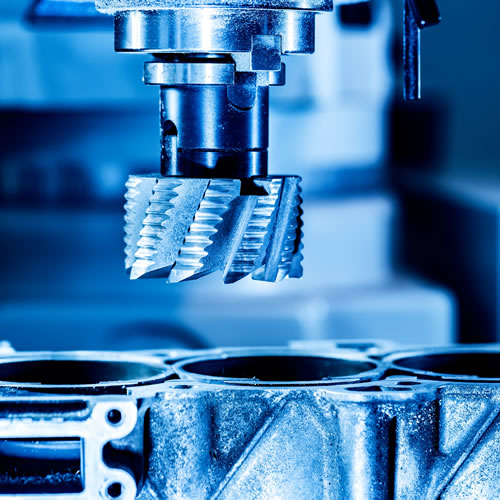
What is a Servo Drive? Top Benefits for Motion Control Applications
What Exactly is a Servo Drive?
Servomechanisms are automated control systems used in everything from CNC machines, robotics, warehouse automation and more. Closed loop systems with servo drives offer more reliability and precision in motion applications than open loop systems. How? They use feedback to account for errors and system disturbances unlike open loop systems.
In a servo system, a servo drive or servo amplifier is responsible for powering the servo motor. The servo drive is an incredibly important component in determining the performance of the servo system.
When compared to straight power amplifiers, servo drives offer a wide range of advantages for automatic machining systems, including superior positioning, speed, and motion control. At Baiza Automation we repair a wide range of servo drives. Servo drives getting faulty may lead to an array of hassles within your machines. If your servo drive encounters any issues, you can avail the servo drive repair services at Baiza Automation.
Diagnostics of Servo Systems
For your better understanding of servo drives, let’s discuss their role in servo systems. All servo systems require four main components to operate:
- Controller
- Servo drive or servo amplifier
- Motor
- Feedback device

Servo drives can be controlled with analog, or digital inputs. In essence, the role of the servo drive is to translate low power command signals from the controller into high power voltage and current to the motor. Depending on the application, the servo drive can regulate and properly coordinate the motor’s desired position, speed, torque, etc.
Servo drives are able to account for expected errors through a feedback monitoring device that leverages negative feedback to send a signal back through its own control loop and/or to the main controller. In motion control, the feedback device evaluates the relation of the control input to the actual position of the mechanism or control shaft. By understanding the relationship between the actual value and “wanted value” of the shaft’s position, the drive is able to send a signal to the drive for corrective action in the motor.
 To get more technical, the servo drive is responsible for regulating the difference between actual motor status with requested motor status by making the necessary current or voltage adjustments. This differs from an open loop system where the motor could spin at the wrong RPM regardless. Servo drives enable the motor to respond with damping, feedback gain, and stiffness based on the requirements of the system.
To get more technical, the servo drive is responsible for regulating the difference between actual motor status with requested motor status by making the necessary current or voltage adjustments. This differs from an open loop system where the motor could spin at the wrong RPM regardless. Servo drives enable the motor to respond with damping, feedback gain, and stiffness based on the requirements of the system.
For automatic systems that require position control, this makes the use of a servo drive ideal. Whether it’s just positioning a globe valve to the right position or aiming a telescope, a servo drive is able to regulate a shaft to its desired position regardless of friction or other disturbances.
Motion Applications

Thanks to their precision capabilities, servo drives are used in robotics, automation, CNC machining, and even in the processes of manufacturing semiconductors.
Some motion control applications use analog servo drives, which are tried and true technology. While they might not have as many bells and whistles as many newer digital drives, analog drives don’t require any processing time and are typically less expensive than digital alternatives. Analog servo drives are configured manually and rely on a centralized controller in multi-axis applications.
In other multi-axis applications, servo controllers are able to communicate with digital servo drives using network commands. Digital servo drives offer far greater configuration and performance capabilities over pneumatic or analog devices. With the added intelligence of these devices, modern day servo drives offer far greater diagnostic benefits. Some digital servo drives are even advanced enough to store motion indexes and sequences in their memory and use input/output logic to operate independently without a dedicated controller.
Right now, a majority of the industry relies on fieldbus networks that have become standardized for motion control. Industrial Ethernet networks have given manufacturers the ability to operate in time-sensitive applications. While there’s benefits to each network, certain products are designed specifically for certain fieldbus networks.
That’s why it’s important to purchase the correct product if your facility has standardized on a specific network protocol.
Servo Drive Repair Services in India.
If you are looking for a reliable servo drive repair in India, we will take into consideration every detail of your drive, making it as good as new.
Our engineers understand that a faulty servo drive can affect the overall torque and velocity within your device. Keeping this in mind, the servo drive repair and maintenance services provided by our team will be provided with the primary objective of helping you overcome all technological roadblocks.
We do not just only get your servo drive repaired, also provide you with reliable assistance for any technical issues you are facing with your device. Our working experience of eleven years can assure you that you will not be disappointed!

